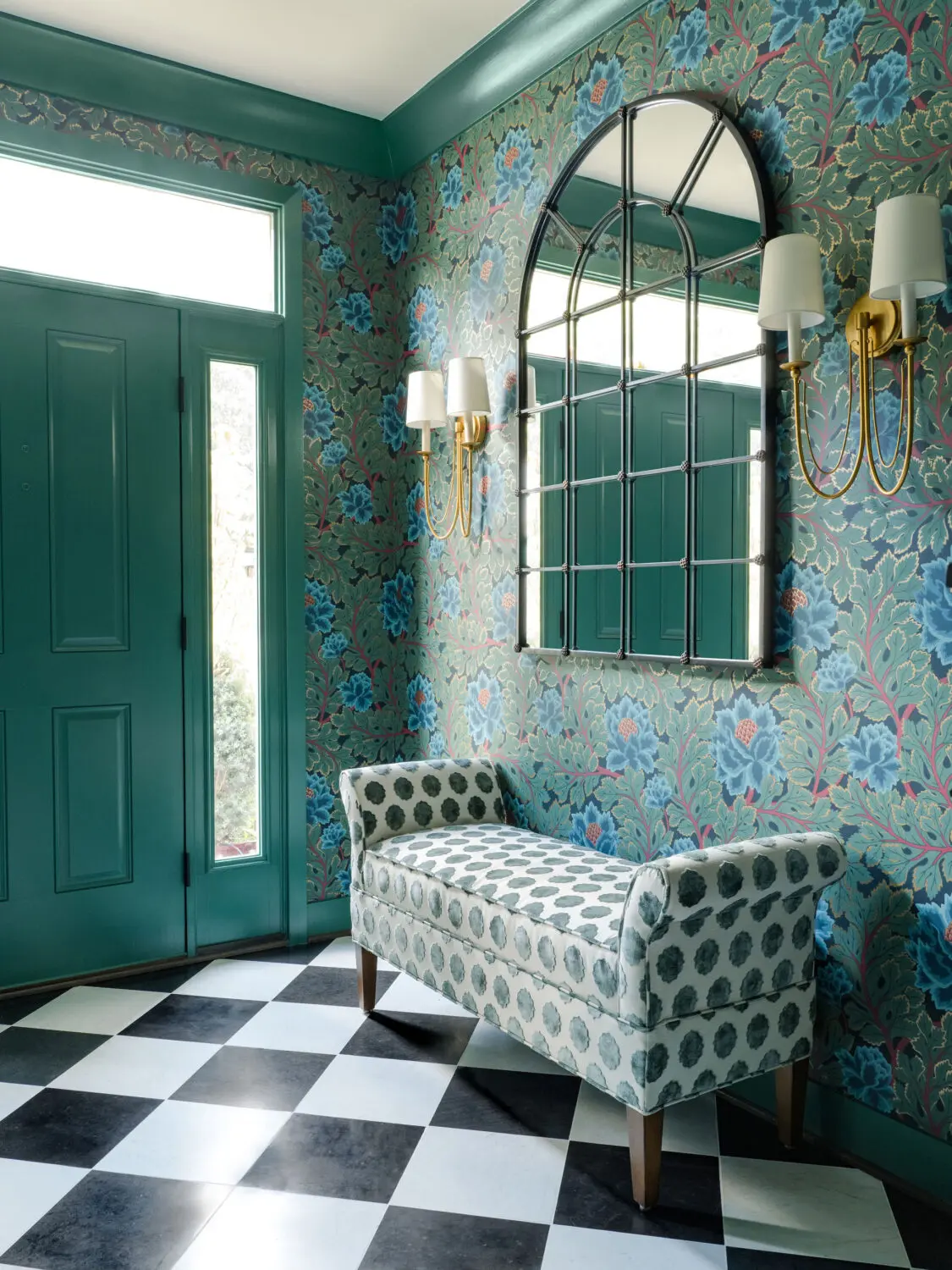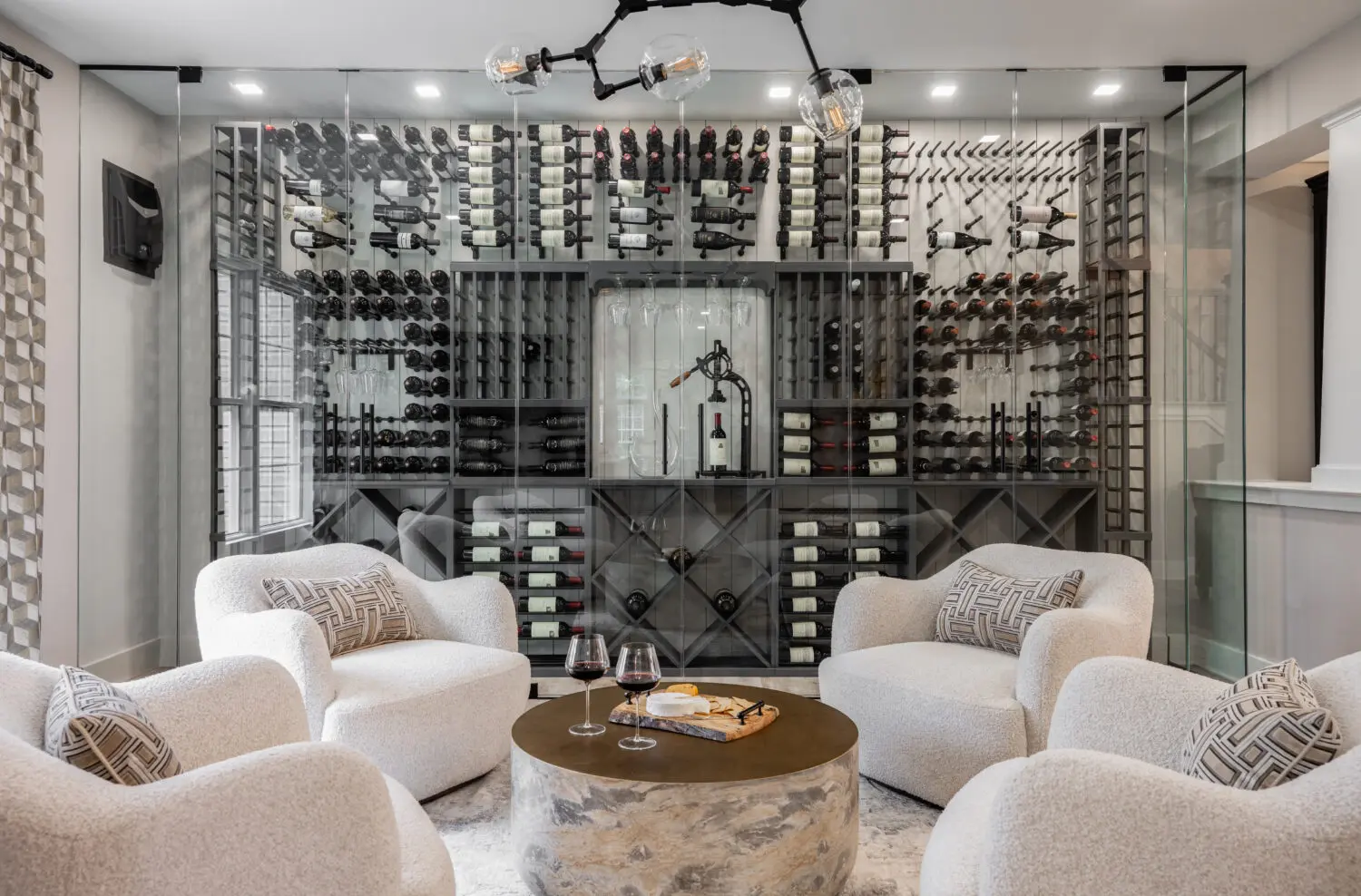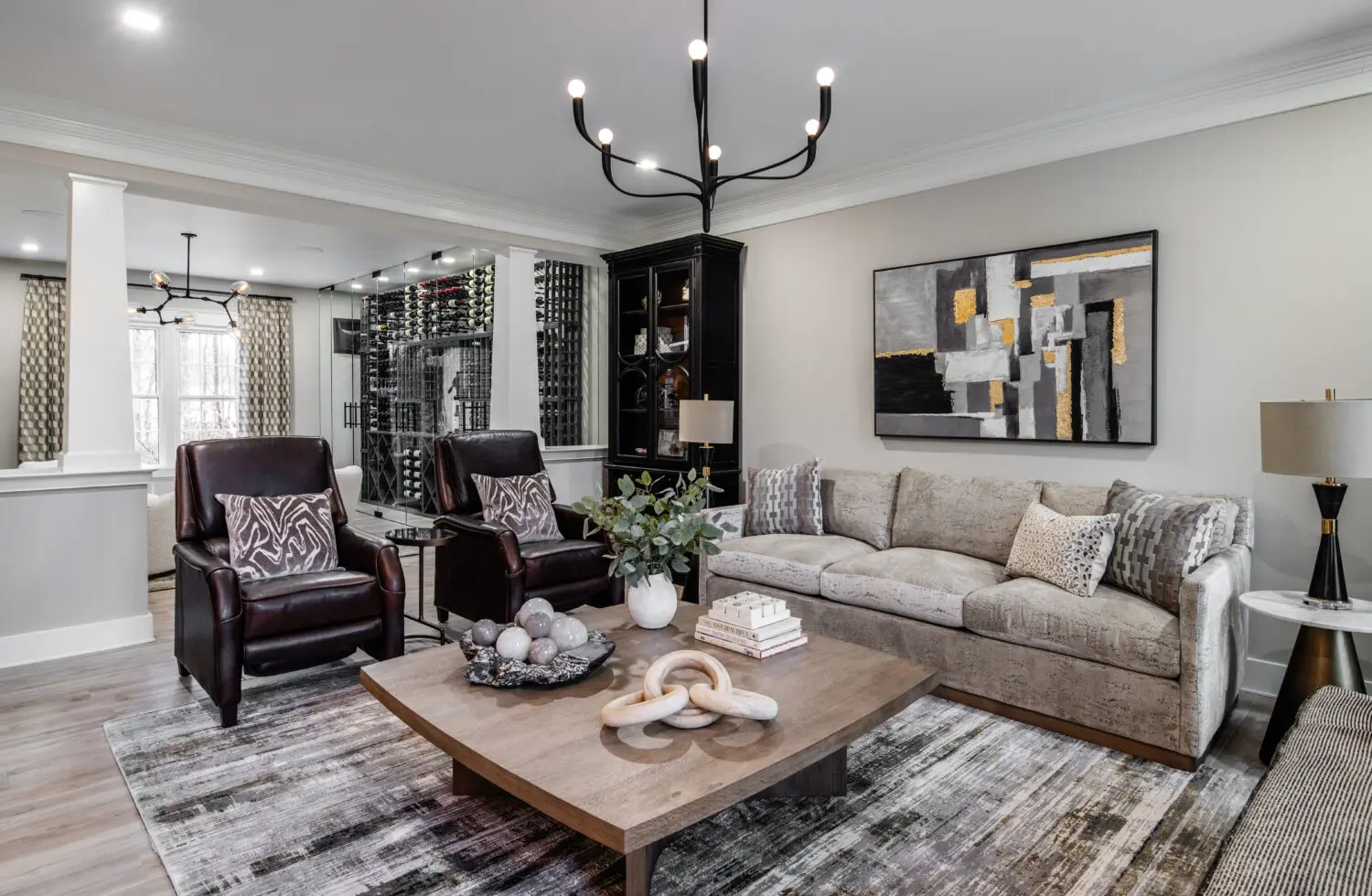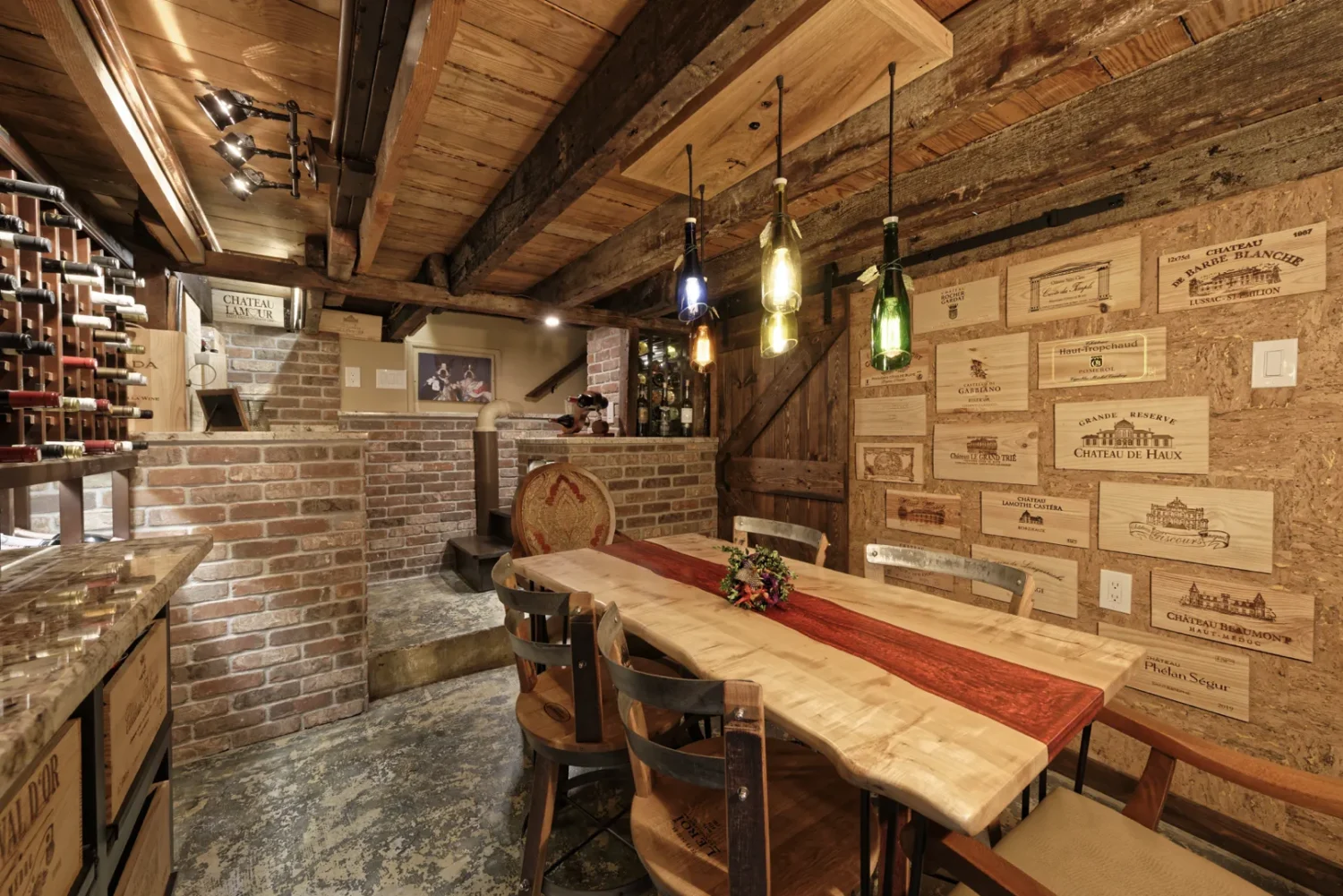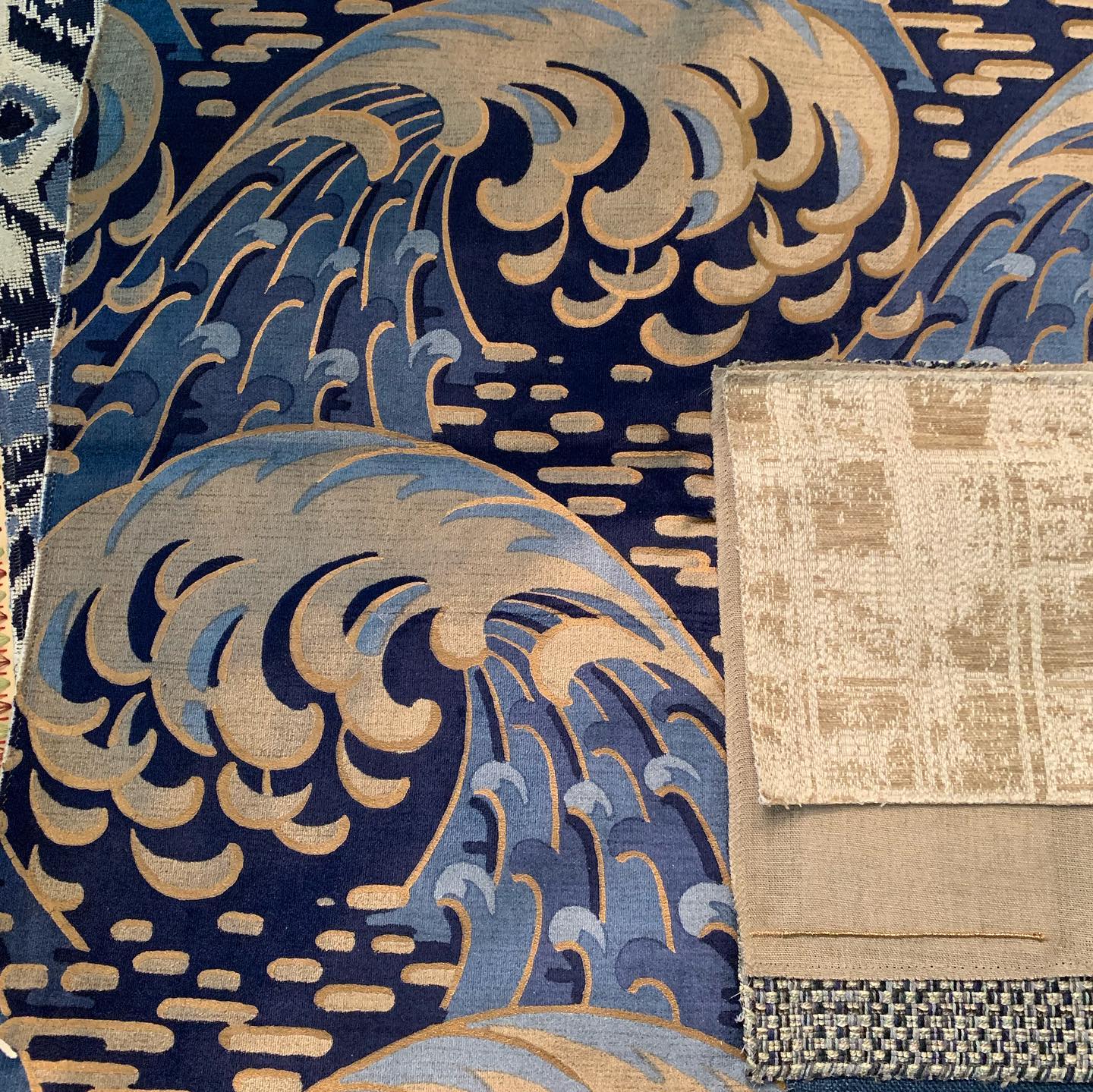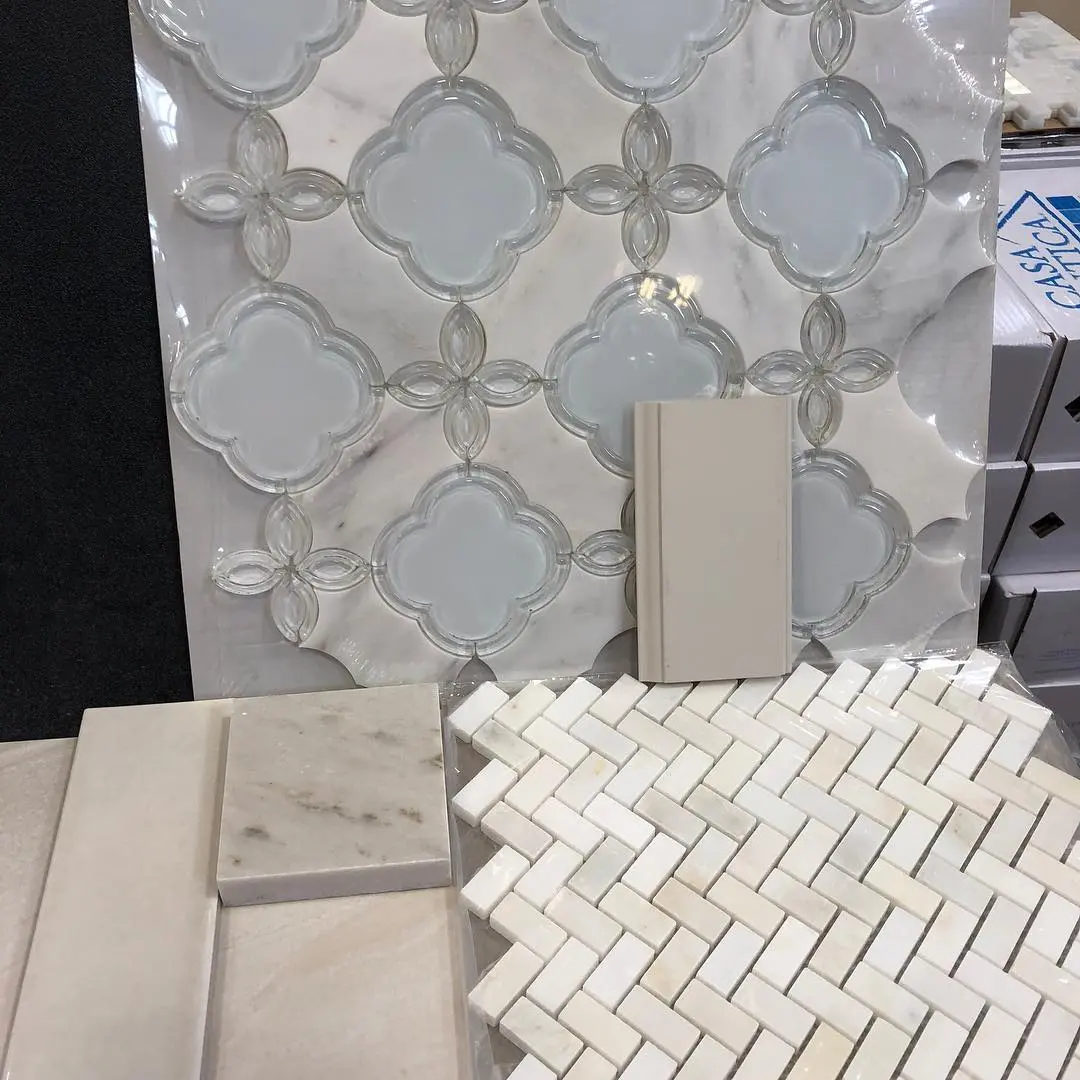How This Year’s Biggest Design Shifts Can Transform Your Living Space Into a Personal Sanctuary
If you’ve been feeling uninspired by the sea of white walls and stark minimalism that dominated the past decade, you’re not alone. 2025 marks a pivotal moment in interior design where homeowners are finally breaking free from the “safe” choices and embracing spaces that tell their unique stories. From material drenching that creates immersive environments to the rise of quiet luxury that prioritizes wellness, this year’s design trends offer something for every personality and lifestyle. Whether you’re a Northern Virginia homeowner looking to refresh a single room or a property owner considering a complete transformation, understanding these trends can help you create a space that’s not just beautiful, but truly meaningful.
The End of Minimalism: Why Bold Personalization is Taking Over
After years of being told that less is more, homeowners are finally saying “more is more” – and the results are stunning. The minimalist movement, with its emphasis on stark white walls and sparse furnishings, is giving way to what designers call “maximalism with intention.” This isn’t about cluttering your space with random objects; it’s about creating layers of meaning through color, pattern, and texture that reflect who you are.
Think of it like this: if minimalism was a whisper, maximalism is a confident conversation. Your home becomes a canvas for self-expression, where every element contributes to a larger narrative about your personality, experiences, and aspirations. Northern Virginia homeowners are embracing this shift by incorporating family heirlooms alongside modern art, mixing vintage finds with contemporary pieces, and choosing furniture that serves both function and as conversation starters.
Material drenching is one of the most dramatic expressions of this trend. Imagine walking into a room where rich emerald green doesn’t just appear on the walls – it flows across the ceiling, frames the windows, and is echoed in the upholstery and accessories. This technique creates an enveloping, almost cocoon-like effect that makes spaces feel intimate and luxurious. It’s particularly effective in dining rooms, home offices, or bedroom retreats where you want to create a distinct mood and atmosphere.
The key to successful maximalism lies in maintaining a cohesive thread throughout the chaos. Professional interior designers excel at this balance, knowing how to layer patterns and textures without creating visual confusion. They understand that true maximalism requires restraint in the right places – perhaps keeping the furniture silhouettes clean while letting the textiles and accessories do the talking.
Quiet Luxury: The Sophisticated Alternative to Maximalism
While bold maximalism captures headlines, there’s an equally compelling movement toward what the design world calls “quiet luxury.” This approach prioritizes comfort, wellness, and subtle sophistication over flashy displays of wealth or trend-following. It’s about creating spaces that feel expensive and refined without screaming for attention.
Quiet luxury manifests in monochromatic color schemes that create serene, spa-like environments. Picture a bedroom dressed entirely in varying shades of warm taupe – from the linen bedding to the wool area rug to the cashmere throw pillows. The luxury lies not in obvious displays of wealth but in the quality of materials, the perfection of proportion, and the attention to sensory details like texture and lighting.
This trend particularly resonates with Northern Virginia professionals who want their homes to serve as sanctuaries from demanding careers. Quiet luxury spaces prioritize comfort above all else, featuring furniture with rounded edges, sumptuous fabrics, and layouts that encourage relaxation and mindfulness. Think curved sofas that invite you to curl up with a book, dining tables with soft edges that make family meals feel more intimate, and bedroom furniture that eliminates sharp corners in favor of gentle, flowing lines.
The curved furniture trend deserves special attention because it represents a fundamental shift in how we think about our relationship with our living spaces. Angular, geometric furniture keeps us alert and energized – perfect for office environments but less ideal for homes where we want to unwind. Curved pieces signal to our subconscious that it’s time to relax, creating a psychological shift that enhances our ability to decompress and recharge.
Nature-Inspired Sustainability: Bringing the Outdoors In
Sustainability isn’t just an environmental concern in 2025 – it’s become a design aesthetic that homeowners actively seek. The nature-inspired movement goes beyond simply adding a few houseplants to your living room; it’s about creating spaces that fundamentally connect us with the natural world through materials, colors, and design principles.
Earthy neutrals are replacing the cool grays that dominated the 2010s. Think warm terracotta, rich ochre, deep forest greens, and moody blues that mirror the colors you’d find during a hike through Virginia’s Blue Ridge Mountains. These colors don’t just look beautiful; they have a psychological impact, helping reduce stress and create a sense of grounding that’s increasingly important in our digital age.
The Japandi style perfectly embodies this nature-inspired approach by combining Japanese minimalism with Scandinavian coziness. This aesthetic emphasizes natural materials like bamboo, responsibly sourced hardwoods, and natural stone, creating spaces that feel both sophisticated and deeply connected to the earth. In Northern Virginia homes, this might translate to a dining room with a live-edge walnut table, bamboo window treatments, and stone accent walls that bring the beauty of the outdoors inside.
Sustainable design choices also tell a story about the homeowner’s values, which is particularly important for property owners who want their spaces to reflect their commitment to environmental responsibility. Working with local artisans who use reclaimed materials or choosing furniture made from rapidly renewable resources like bamboo demonstrates that luxury and sustainability can coexist beautifully.
Bespoke and Artisanal: The Soul of Personalized Design
Perhaps the most significant shift in 2025 interior design is the move away from mass-produced, Instagram-ready furniture toward pieces that have genuine stories and character. Homeowners are increasingly seeking out vintage finds, commissioning custom pieces from local artisans, and investing in furnishings that reflect their individual journey rather than following predetermined design formulas.
This trend represents a rebellion against the homogenization of living spaces that social media has encouraged. Instead of buying the same sofa that appears in thousands of Instagram posts, homeowners are choosing pieces that can’t be found anywhere else – perhaps a vintage leather armchair discovered at a local antique shop, a custom dining table crafted by a Virginia woodworker, or artwork created by a regional artist.
The emphasis on craftsmanship extends beyond furniture to include textiles, lighting, and accessories. Hand-woven rugs, custom pottery, and artisanal metalwork become focal points that anchor entire room designs. These pieces often become conversation starters, allowing homeowners to share the stories behind their choices and create deeper connections with guests.
For Northern Virginia homeowners, this trend offers an opportunity to support local makers while creating truly unique spaces. The region’s rich arts and crafts community provides endless opportunities to find one-of-a-kind pieces that reflect both personal taste and local culture. Professional interior designers often maintain relationships with local artisans, making it easier for homeowners to access these unique resources.
English-Style Kitchens and Layered Living: The New Approach to Function
The kitchen continues to evolve as the heart of the home, but 2025’s approach represents a dramatic departure from the sterile, all-white kitchens that dominated recent years. English-style kitchens embrace rich, moody colors, natural materials, and a “collected over time” aesthetic that makes the space feel lived-in and loved rather than showroom-perfect.
Imagine deep navy or forest green cabinetry paired with warm brass hardware, natural stone countertops that show beautiful variation rather than perfect uniformity, and open shelving that displays a carefully curated collection of dishes, cookbooks, and decorative objects. Exposed beams, farmhouse sinks, and vintage-inspired lighting complete the look, creating spaces that feel both sophisticated and approachable.
This trend extends beyond kitchens to encompass the entire concept of layered living. Rather than designing rooms with a single focal point, 2025 interiors embrace multiple centers of interest that create visual depth and encourage exploration. A living room might feature a statement wall color, patterned curtains, a boldly designed area rug, and an eclectic mix of throw pillows – all working together to create a space that reveals new details with each glance.
The layered approach requires careful orchestration to avoid visual chaos. Professional designers excel at creating these complex visual compositions by establishing unifying elements like color palettes, material choices, or design themes that tie everything together. The goal is to create spaces that feel intentionally curated rather than accidentally accumulated.
Smart Technology Integration: Invisible Luxury for Modern Living
The 2025 approach to smart home technology represents a complete departure from the gadget-heavy installations of previous years. Today’s homeowners want technology that enhances their daily lives without dominating their aesthetic choices. This “invisible luxury” approach integrates cutting-edge functionality seamlessly into beautifully designed spaces.
Smart lighting systems have evolved far beyond simple dimmer switches to become sophisticated tools for creating ambiance and supporting wellness. Modern systems automatically adjust color temperature throughout the day, mimicking natural sunlight patterns to support healthy circadian rhythms. Morning light gradually brightens with cool, energizing tones, while evening settings shift to warm, relaxing hues that promote better sleep. The controls are completely integrated into wall panels or smartphone apps, eliminating the need for multiple switches and creating clean, uncluttered surfaces.
Climate control has similarly evolved to become both more efficient and more intuitive. Smart thermostats learn your schedule and preferences, automatically adjusting temperature and humidity levels to maintain optimal comfort while reducing energy consumption. Advanced systems can even adjust different zones of your home independently, ensuring that your home office stays cool during work hours while your bedroom remains at the perfect temperature for sleeping.
Integrated sound systems now provide whole-home audio without visible speakers or complicated control panels. Speakers can be built into walls, ceilings, or even furniture, creating immersive audio experiences that don’t compromise your interior design. Voice control allows you to adjust music, podcasts, or audiobooks without interrupting conversations or activities.
The key to successful technology integration lies in working with professionals who understand both the technical requirements and the aesthetic implications. At Shea Studio, we collaborate with technology specialists to ensure that smart home features enhance rather than detract from your design vision. The goal is to create homes that feel more comfortable, efficient, and enjoyable to live in, with technology that works intuitively in the background.
Why Northern Virginia Homeowners Are Embracing These Trends
Northern Virginia’s unique combination of urban sophistication and natural beauty makes it the perfect region for these emerging design trends. The area’s diverse population includes professionals who appreciate the wellness benefits of biophilic design, families who need the flexibility of multi-functional spaces, and discerning homeowners who value the craftsmanship and sustainability that define 2025’s design aesthetic.
The region’s four distinct seasons make earthy, nature-inspired color palettes particularly appealing, as they create year-round warmth and connection to the outdoors. During Virginia’s beautiful spring and fall months, these colors complement the natural landscape visible through windows. During winter’s gray days, warm earth tones provide the psychological comfort that lighter palettes cannot match.
Northern Virginia’s strong economy and educated population create ideal conditions for investing in quality, sustainable design choices. Homeowners here understand that well-designed spaces contribute to both personal well-being and property value. They’re willing to invest in custom pieces, high-quality materials, and professional design services that create truly exceptional living environments.
The region’s rich history also influences design preferences, with many homeowners seeking to honor traditional craftsmanship while incorporating modern functionality. This balance between heritage and innovation aligns perfectly with 2025’s emphasis on artisanal pieces, natural materials, and timeless design principles.
Professional guidance becomes essential for navigating these complex trends successfully. While social media provides inspiration, creating cohesive, livable spaces requires understanding how different elements work together over time. Experienced designers help homeowners make choices that reflect their personal style while avoiding costly mistakes or trend-driven decisions they might regret later.
Takeaway:
The 2025 interior design revolution offers Northern Virginia homeowners unprecedented opportunities to create spaces that are both beautiful and deeply personal. These trends represent more than aesthetic changes – they reflect a fundamental shift toward wellness, sustainability, and authentic self-expression in our living spaces. Whether you’re drawn to bold maximalism or quiet luxury, the key is working with experienced professionals who can help you navigate these trends while creating a home that truly reflects your unique lifestyle and values.

